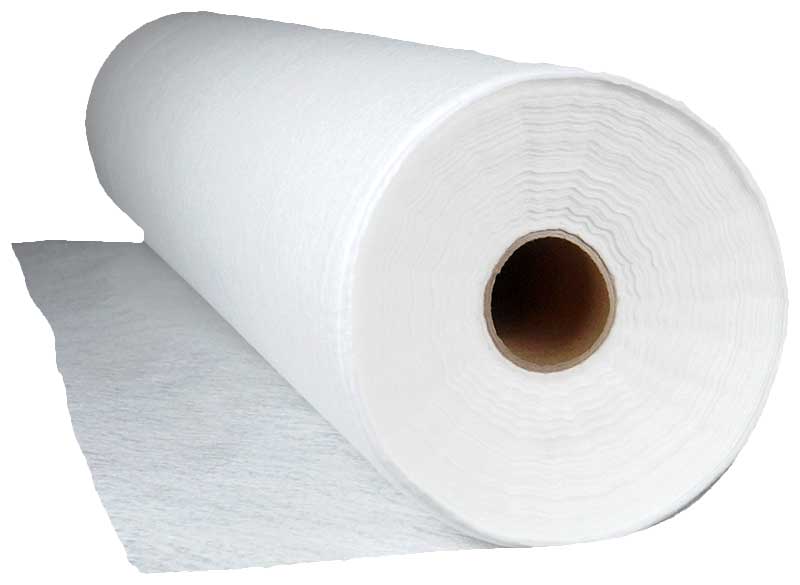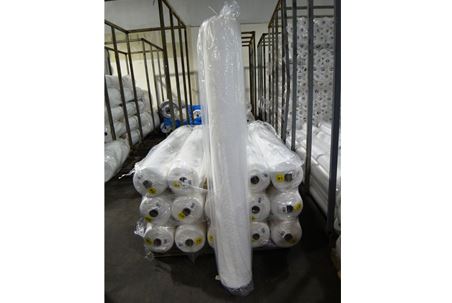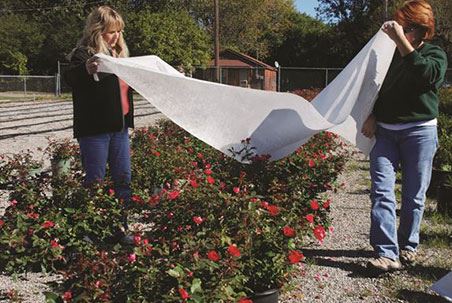The Ultimate Guide to Plant Freeze Protection: Keep Your Plants Safe from Cold Weather
When temperatures drop, your plants can suffer from frost damage or even die if not properly protected.
Plant freeze protection is essential for extending the growing season and keeping your garden healthy
during cold snaps. In this guide, we'll cover
how to protect plants from freezing temperatures, when to use freeze protection, and the best materials to use.
Why Do Plants Need Freeze Protection?
Cold weather can damage plants by causing cellular ice formation, which leads to wilting, leaf
discoloration, and even plant death. Freeze protection helps by trapping heat and preventing frost
from forming directly on leaves and stems.

Covering Plants for Freeze Protection
Benefits of Using Plant Freeze Protection:
- ✅ Prevents frost damage: Shields plants from freezing temperatures.
- ✅ Extends growing season: Allows plants to survive through colder months.
- ✅ Protects delicate plants: Essential for tropical plants, seedlings, and young trees.
- ✅ Easy to apply: Many freeze protection methods are quick and reusable.
When Should You Use Freeze Protection?
- Before the first frost: Monitor weather forecasts and cover plants before the temperature drops.
- During unexpected cold snaps: Temporary covers can save plants from sudden freezes.
- For sensitive plants: Young seedlings, flowering plants, and tropical species need extra
protection.
Best Materials for Protecting Plants from Freeze
Not all materials are equally effective for protecting plants from cold temperatures. Below are some of the best
options:
- Frost Blankets: Lightweight, breathable covers that insulate plants while allowing air and
moisture to pass through.
- Burlap Wrap: Great for protecting shrubs and trees from wind and freezing temperatures.
- Plastic Sheets: Can be used for temporary protection but should not touch the plants directly.
- Old Bedsheets or Towels: A quick, budget-friendly option for covering delicate plants overnight.
- Mulch: Helps insulate the soil and retain warmth around the plant’s roots.
Step-by-Step Guide to Protecting Your Plants

Using Frost Cloth to Protect Plants
Step 1: Water Your Plants
Watering plants before a freeze helps retain warmth, as moist soil holds heat better than dry soil.
Step 2: Choose the Right Cover
Use frost blankets, burlap, or fabric sheets to insulate plants. Avoid plastic touching the foliage, as it can cause
frost burn.
Step 3: Secure the Covering
Ensure the cover extends to the ground and secure it with rocks, bricks, or stakes to trap warm air inside.
Step 4: Remove or Ventilate During the Day
If daytime temperatures rise above freezing, remove the cover to allow air circulation and prevent overheating.
Which Plants Need Freeze Protection?
| Plant Type |
Why Cover? |
| Tomatoes, Peppers |
Prevent frost damage in early spring and late fall. |
| Citrus Trees |
Protect from extreme cold that can kill young fruit. |
| Flowering Shrubs |
Preserve blooms and new growth from freezing temps. |
| Herbs (Basil, Cilantro) |
Prevent cold damage to tender herbs. |
| Strawberries, Berries |
Shield blossoms from frost to ensure fruit production. |
Pro Tips for Effective Freeze Protection
- Use stakes or hoops: Prevent heavy covers from crushing plants.
- Cover plants before sunset: Traps the day’s warmth for better protection.
- Double up on covers: For extreme cold, layer multiple blankets for added insulation.
- Mulch around the base: Helps retain soil warmth and protects roots.
- Monitor the weather: Be proactive in covering plants when frost is in the forecast.
Final Thoughts
Plant freeze protection is an essential practice for gardeners who want to
extend their growing season and prevent frost damage. With the right materials and techniques, you
can keep your plants safe and thriving even in cold weather. If you need the best freeze protection products,
reach out to us today for expert recommendations!











